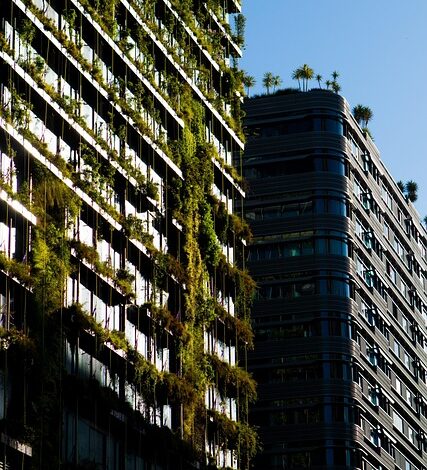The Rise of Eco-Friendly Packaging How Companies are Adopting Sustainable Practices

The Problem with Traditional Packaging
For years, traditional packaging has been a major contributor to environmental degradation. From plastic bottles to Styrofoam containers, the use of non-biodegradable materials has led to a significant increase in pollution and waste. With landfills overflowing and marine life suffering from plastic pollution, it’s clear that a change is needed.

The Shift Towards Eco-Friendly Packaging
Fortunately, many companies are now recognizing the importance of sustainability and are making the switch to eco-friendly packaging. This shift is not only beneficial for the environment, but it also meets the growing demand from consumers who are becoming more environmentally conscious.

Biodegradable Materials
One of the most popular alternatives to traditional packaging is biodegradable materials. These materials can break down naturally in the environment, reducing the amount of waste that ends up in landfills or oceans. Companies are now using materials such as cornstarch-based plastics, mushroom mycelium, and even seaweed to create packaging that is both environmentally friendly and functional.

Recyclable Packaging
Another common approach to eco-friendly packaging is the use of recyclable materials. By using materials that can be easily recycled, companies are able to reduce their carbon footprint and minimize the impact on the environment. From cardboard boxes to paper bags, recyclable packaging options are becoming more widely available.

Leading the Way: Companies Making a Difference
Several companies have taken the lead in adopting sustainable packaging practices. For example, Patagonia, a popular outdoor clothing brand, has been using recycled materials in its packaging for years. The company’s commitment to sustainability has resonated with consumers, who appreciate the effort to minimize environmental impact.

Similarly, food delivery services like Blue Apron and HelloFresh have been using compostable packaging for their meal kits. By using materials that can be easily composted, these companies are helping to reduce waste and promote a more sustainable way of living.

The Benefits of Eco-Friendly Packaging
The shift towards eco-friendly packaging offers a range of benefits, both for the environment and for businesses. By using sustainable materials, companies can reduce their impact on the planet, attract environmentally conscious consumers, and even save money in the long run.

Environmental Impact
Perhaps the most obvious benefit of eco-friendly packaging is its positive impact on the environment. By reducing the use of non-biodegradable materials, companies can help decrease pollution, conserve natural resources, and protect ecosystems. This, in turn, can lead to a healthier planet for future generations.

Consumer Appeal
Consumers are increasingly looking for products that align with their values, including environmental sustainability. By using eco-friendly packaging, companies can appeal to these consumers and build brand loyalty. In fact, studies have shown that consumers are willing to pay more for products that are packaged sustainably.

Cost Savings
While there may be an initial investment required to switch to eco-friendly packaging, companies can actually save money in the long run. For example, using biodegradable materials can reduce waste disposal costs, while using recyclable materials can lower production costs. Additionally, companies that embrace sustainability often benefit from positive publicity and increased sales.

The Future of Packaging
As more companies recognize the importance of sustainability, the future of packaging looks promising. By making the switch to eco-friendly materials, companies can not only reduce their environmental impact but also attract new customers and improve their bottom line. With continued innovation and collaboration, the use of eco-friendly packaging is sure to become the norm in the years to come.

